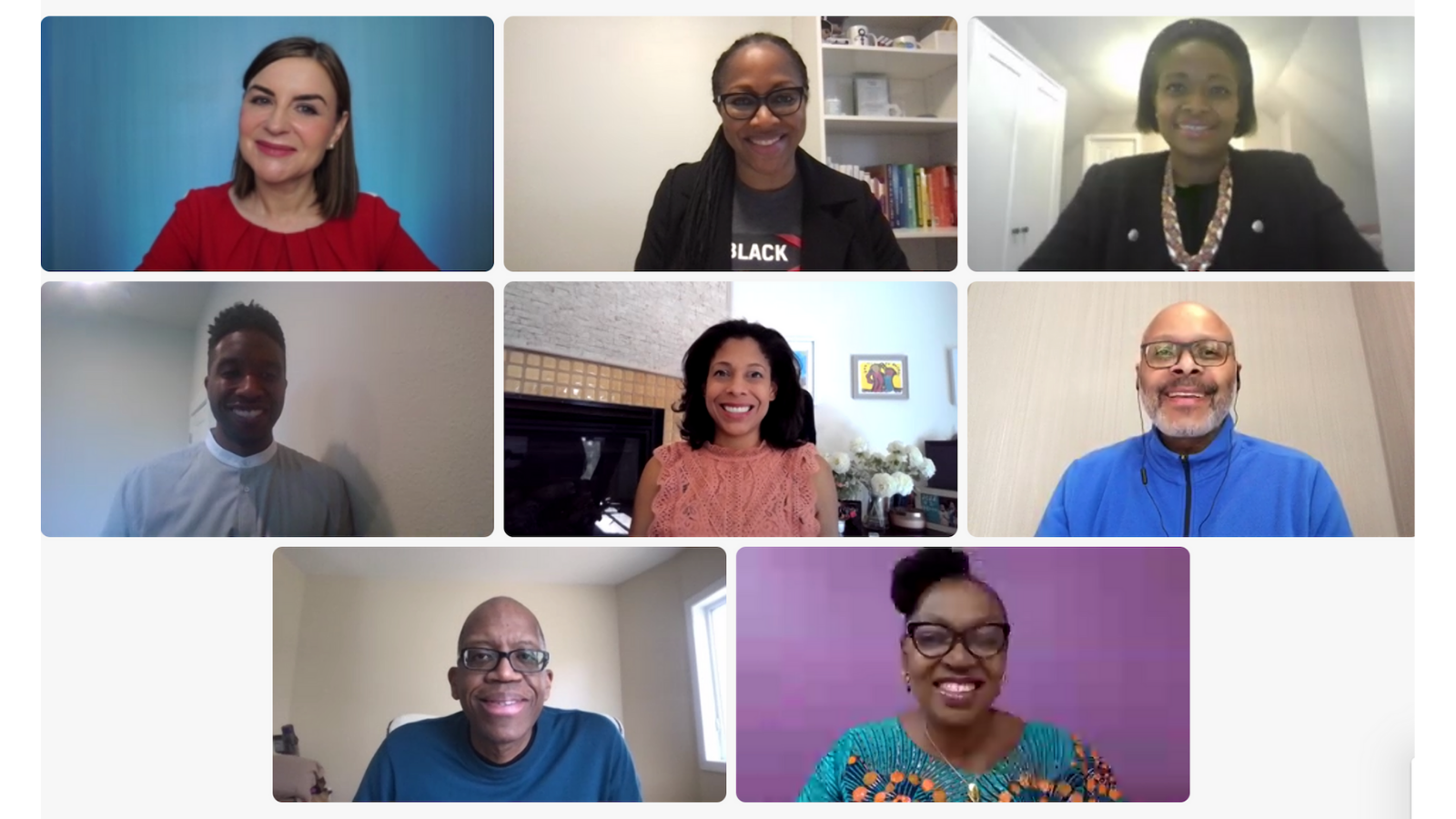In February, I had the pleasure of hosting Siegel+Gale’s Future of Branding series, “Black Leadership and Inclusive Storytelling.” This latest panel is part of our ongoing Inclusive Storytelling series, in which we explore—and emphasize—the ways in which brands can reflect and shape a more inclusive, resilient, and equitable society and planet.
Through the personal stories and successes of seven Black brand leaders from the United Kingdom, Africa and across North America, we explored how brands observe Black History Month, how leaders balance authenticity with action and how companies can continue to cultivate inclusion all year. One throughline of the discussion was the resounding excellence and pride of this diaspora.
In closing, I asked our seven panelists, “As a marketing leader, what is your commitment to inclusive storytelling, and how will you measure success?” Here’s what they had to say.

It’s in our north star mission right now, which is that we want our audience to truly reflect America, and that’s our commitment to get there. Still, we have a long way to go, especially among Hispanic and Black audiences, but that’s our commitment. And we measure it pretty straightforwardly, we look at the composition of the people who are consuming our content, and we update our team on that monthly.
—Michael Smith, Chief Marketing Officer, NPR
For me, there are a couple of things. One is to honor those stories of the past and celebrate and give voices to those who are creating today. And I think it’s the unheard, the underrepresented, and also the underinvested are really important for me. And ensuring that we have more people getting trained for jobs that are like what we talked about OneTen, and looking at that impact. So, what we can measure is the number of people being trained and hired into jobs; that’s important.
—Lisa Armstrong, Chief Marketing Officer & VP Global Marketing, Resideo
Bring more diverse voices to influential decision-making tables—irrespective of level, background, proximity. In my world, success will look like organizations using ThoughtExchange to scale conversations with all employees to address the most critical business and culture strategies.
—Lauren Kelly, Chief Marketing Officer, ThoughtExchange
I’m a big believer in investing in underrepresented communities. So, the team that I had met in EMEA, we have a very clear target about increasing our investments with diverse suppliers by 30% year on year. And we’ve also established a stretch goal as well for that. So, I believe by putting our money where our mouth is, we’ll move the needle in significant ways.
—Carrie Timms, Director of Global Customer Marketing, EMEA, Meta
For me, it’s really about what I said earlier in terms of making sure the rooms I’m in, where we’re thinking about stories. If I’m in one, that I’m speaking up, if there are not other people that look like me in that room, making sure more people are in that room. And if there are times where there’s no one in the room, how do we get the expertise so that we are more inclusive in the way we approach things?
—Aaron Christopher Seabron, adidas
I would say right back to purpose, every brand has got identified purpose, and the purpose is not just about words as what the brands are saying. But actually more importantly, what the brands are doing every day that the consumers or the people can feel the impact in their everyday lives. I
—NsimA Ogedi-Alakwe, Country Project Lead (Director), Unilever (recent)
One million Black talent without four-year degrees into family-sustaining careers and jobs over the next ten years: OneTen. That’s exactly how we will measure the big picture. There are others, but those are the headlines.
—Maurice Jones, Chief Executive Officer, OneTen


